In an era where environmental conservation has never been more critical, the creation of biodiversity corridors emerges as a pivotal strategy to safeguard ecosystems and ensure the survival of diverse species. These corridors, often referred to as wildlife corridors or ecological corridors, serve as vital connectors between fragmented habitats, fostering genetic diversity and promoting ecological balance. By strategically planning and implementing these corridors, we can address the growing challenges of climate change, urbanization, and habitat loss, ultimately contributing to the preservation of global biodiversity.
Key Takeaways
- Purpose: Biodiversity corridors are strategic pathways created to connect fragmented habitats, supporting wildlife movement, genetic diversity, and ecosystem health.
- Key Elements: Effective corridors involve habitat restoration, green infrastructure like bridges and urban green spaces, conservation easements with landowners, and community engagement.
- Benefits: They facilitate wildlife movement, support pollinators and plant-fungal networks, aid climate adaptation, and offer economic benefits through enhanced agricultural productivity.
- Challenges: Maintenance requirements, limited efficacy in highly fragmented landscapes, and costs associated with establishment and upkeep.
- Community Involvement: Educating and involving locals enhances corridor success, fostering stewardship and active participation.
- Real-world Impact: Successful examples demonstrate corridors’ ability to boost biodiversity, improve ecosystem resilience, and support sustainable practices.
Biodiversity Corridor
A biodiversity corridor is a connected network of natural habitats that allows wildlife to move safely between different areas of conservation importance. These corridors play a vital role in maintaining genetic diversity, supporting ecosystem health, and ensuring the survival of species in fragmented landscapes.
Importance and Benefits
- Connectivity : Corridors provide pathways for animals to migrate, breed, and find food, reducing habitat fragmentation.
- Gene Flow : They facilitate the exchange of genes among populations, preventing loss of genetic diversity.
- Ecosystem Services : By supporting pollinators and maintaining water quality, corridors contribute to agricultural productivity and human well-being.
Types of Biodiversity Corridors
- Linear Corridors
- These are long strips of natural vegetation, often along roads or rivers, designed to connect larger areas of habitat.
-
Fragmented Corridors
- Smaller-scale corridors that bridge gaps between smaller habitats or urban areas.
-
Underpass Corridors
- Low-altitude structures under highways that allow animals to cross safely.
Examples of Biodiversity Corridors
- The Old Seed organization has successfully established several corridors in regions like the Midwest United States, aiding in the recovery of endangered species such as the Indiana bat.
Challenges and Solutions
- Habitat Loss : Development and agriculture often fragment ecosystems, making it harder for corridors to survive.
- Human Activity : Roads, agriculture, and urbanization pose threats to corridor connectivity.
- Conservation Efforts : Collaboration between governments, NGOs, and local communities is essential to protect and expand corridors.
Why Support Biodiversity Corridors?
- They are a cost-effective solution to mitigate climate change impacts on biodiversity.
- They support sustainable land-use practices and enhance ecosystem resilience.
By working together to preserve and expand biodiversity corridors, we can ensure a healthier planet for both wildlife and humanity.
How to Create an Ecological Corridor
To create an effective ecological corridor, follow these steps:
- Plan Thoroughly: – Determine the purpose of the corridor (e.g., for which species). – Assess the surrounding landscape to identify key habitats and barriers. – Set clear objectives, such as increasing biodiversity or supporting pollinators.
- Design Thoughtfully: – Ensure the corridor is at least 30 meters wide to accommodate movement. – Align the corridor along existing roadways or utility lines to minimize costs. – Incorporate natural curves instead of straight lines to reduce predation risks.
- Plant Strategically: – Use native vegetation to provide food and shelter for local species. – Create layered vegetation with trees, shrubs, wildflowers, and grasses. – Include flowering plants to attract pollinators and nesting areas for birds.
- Integrate Water Sources: – Add ponds, streams, or wetlands to support aquatic life and amphibians. – Install rock formations or logs to create resting spots for wildlife.
- Monitor and Maintain: – Regularly observe the corridor to ensure it is used by diverse species. – Address issues like pollution, invasive species, or excessive traffic. – Clean and maintain the area to ensure it remains welcoming for wildlife year-round.
- Fund and Permit: – Secure funding through grants or partnerships to cover construction costs. – Obtain necessary permits and approvals from local authorities. – Collaborate with nearby landowners to maximize the corridor’s impact.
By following these guidelines, you can create a thriving ecological corridor that supports wildlife and enhances biodiversity in your community.
How Are Wildlife Corridors Created?
We create wildlife corridors through intentional habitat management practices that connect fragmented habitats, fostering biodiversity and supporting wildlife populations. These corridors often span across agricultural lands, urban areas, or other human-modified environments, providing essential pathways for animals to move safely between natural ecosystems.
Wildlife corridors can be established in various ways depending on the specific goals and environmental conditions:
- Natural Revegetation: Planting native vegetation such as trees, shrubs, and grasses to bridge gaps between existing habitats. This method promotes ecological balance and provides shelter and food for wildlife.
- Buffer Zones: Establishing green buffers along roads, rivers, or industrial areas helps maintain wildlife movement while reducing habitat fragmentation. These buffers can include trees, shrubs, and groundcover plants.
- Fence Rows and Windbreaks: Creating fence rows or windbreaks can guide wildlife toward specific areas, aiding in corridor formation while also benefiting agricultural practices by reducing erosion and wind damage.
- Streamside and Riparian Buffers: Protecting and enhancing streamside areas ensures clean water resources and supports aquatic species, which in turn benefits terrestrial wildlife moving through these corridors.
- Planned Habitat Connectivity: Designing land-use patterns that prioritize wildlife movement, such as setting aside conservation areas or encouraging farmers and landowners to implement corridor-friendly practices.
Effective wildlife corridors require collaboration between landowners, conservation organizations, and local governments to ensure long-term sustainability. By prioritizing habitat connectivity, we can help restore ecosystems and support the survival of diverse wildlife species.
For more information on creating wildlife corridors and implementing effective habitat management practices, visit our resources page or explore guides from trusted conservation organizations like National Geographic or The Nature Conservancy .
How Are Scientists Establishing Forest Corridors?
Scientists establish forest corridors through a combination of habitat restoration, strategic infrastructure placement, and community engagement. These efforts aim to connect fragmented ecosystems, ensuring the survival and migration of wildlife.
Key Methods:
- Habitat Restoration :
- Scientists begin by assessing existing habitats and identifying gaps in connectivity.
- They restore degraded areas by planting native vegetation, creating buffer zones, and controlling invasive species.
- This process often involves collaboration with local communities and conservation organizations.
- Green Infrastructure Development :
- Bridges, underpasses, and culverts are built to allow animals to cross safely.
- Urban green spaces, such as parks and gardens, are incorporated to support wildlife.
- These structures are designed to blend seamlessly with their surroundings to minimize disruption.
- Conservation Easements :
- Landowners and developers enter agreements to preserve corridors.
- This ensures that development does not fragment habitats further.
- Easements may allow controlled access for researchers and managers.
- Community Involvement :
- Local residents are educated on the importance of forest corridors.
- They participate in monitoring programs and contribute to maintenance efforts.
- Community-led initiatives, such as tree-planting campaigns, complement professional efforts.
By combining these approaches, scientists create networks that support biodiversity, climate resilience, and ecological health. These corridors act as pathways for species migration, genetic diversity, and adaptive evolution.
Why Are Wildlife Corridors Important in Ecology?
Wildlife corridors play a critical role in maintaining biodiversity and ecological balance. Here’s a breakdown of their importance:
- Facilitating Migration and Movement: Corridors allow animals to travel safely between habitats, supporting migration patterns essential for many species. This mobility preserves genetic diversity, preventing inbreeding and maintaining population health.
- Supporting Pollinator Ecosystems: Corridors often host native plants that attract pollinators like bees and butterflies. These pollinators are vital for ecosystem functioning, including crop pollination and maintaining biodiversity.
- Providing Habitat for Plants and Fungi: Corridors can support specialized plant species and fungi networks, which aid in nutrient cycling and soil health. This contributes to overall ecosystem resilience.
- Aiding Climate Adaptation: As temperatures rise, corridors offer refuges from extreme weather and heat stress. They provide access to water and shaded areas, helping species adapt to changing conditions.
- Mitigating Fragmentation: Corridors reduce habitat fragmentation, allowing species to move freely and adapt to environmental changes. This connectivity supports ecological processes and species survival.
- Economic Benefits: By supporting pollinators and reducing pesticide use, corridors enhance agricultural productivity. They also minimize the need for costly human infrastructure projects that disrupt wildlife.
Habitat Corridors: A Comprehensive Overview
Habitat corridors are linear areas of land connecting fragmented habitats, aimed at facilitating the movement of wildlife, reducing isolation, and preserving biodiversity. The effectiveness of these corridors depends on various factors, including their design, placement, and maintenance.
Key Benefits of Habitat Corridors
- Facilitating Wildlife Movement: Corridors allow animals to move safely between habitats, reducing barriers caused by human activities like roads and urbanization.
- Supporting Genetic Diversity: By enabling migration and gene exchange, corridors help maintain healthy populations and adaptability in species.
- Reducing Fragmentation Effects: They mitigate the negative impacts of habitat fragmentation on ecosystems and species survival.
- Providing Refuge Areas: Corridors often serve as safe zones during harsh weather conditions or periods of stress for wildlife.
Challenges and Considerations
- Maintenance Requirements: Corridors require ongoing management to prevent encroachment by development and to remove invasive species.
- Efficacy in Fragmented Landscapes: In highly fragmented areas, corridors may not always be sufficient to restore connectivity, though they still offer significant benefits compared to isolated habitats.
- Cost and Resource Allocation: Establishing and maintaining corridors can be costly, requiring collaboration between governments, NGOs, and local communities.
Examples and Case Studies
Habitat corridors have been successfully implemented in various regions worldwide. For instance, the Old Seed Foundation has documented several projects where corridors have improved wildlife populations and ecosystem health. These case studies highlight the importance of tailored approaches based on local conditions and species needs.
Conclusion
Habitat corridors play a crucial role in supporting biodiversity and ecological balance. While their effectiveness can vary depending on implementation factors, they remain a valuable tool in conservation efforts. By prioritizing corridor maintenance and expanding their coverage, we can enhance wildlife resilience and contribute to a healthier planet.
For further reading on habitat corridor design and management, explore our comprehensive guide at Old Seed .

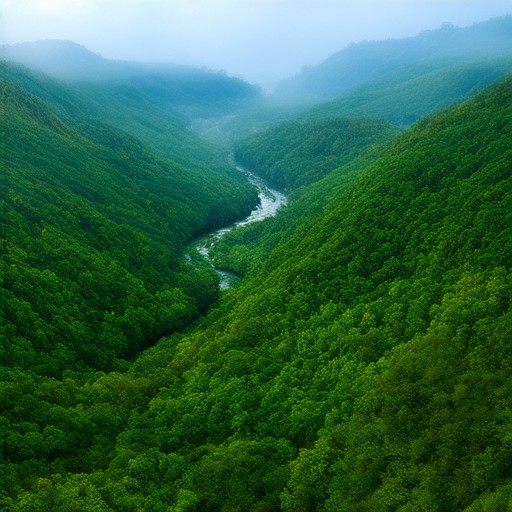
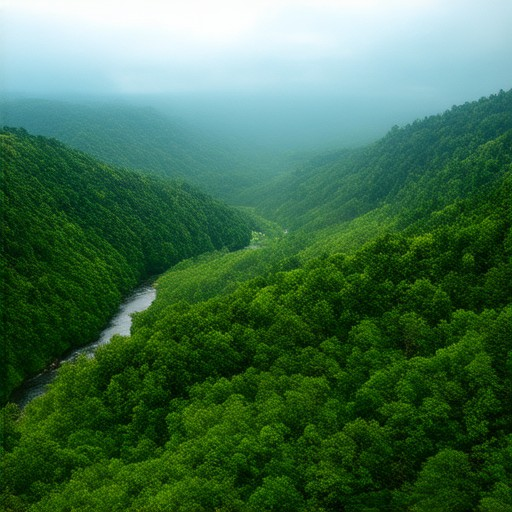
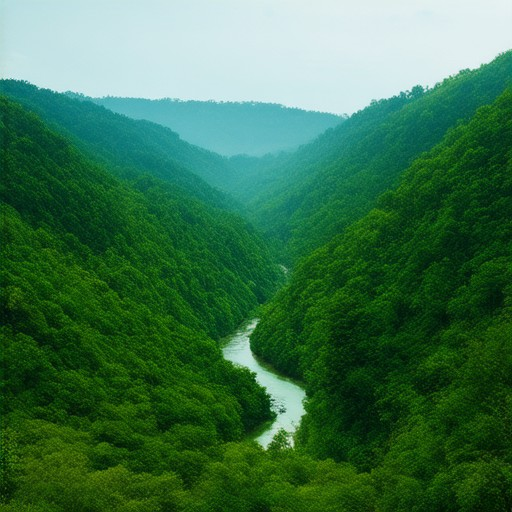
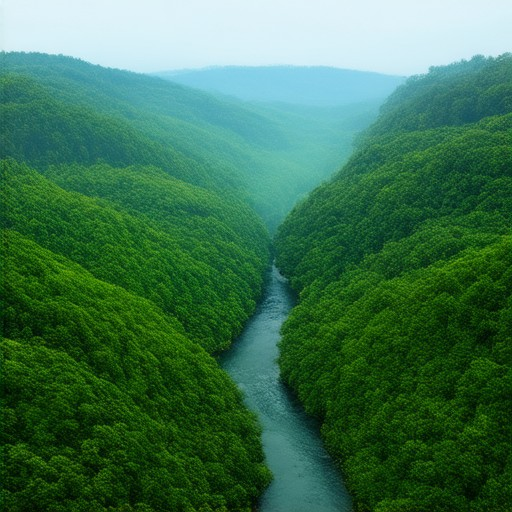
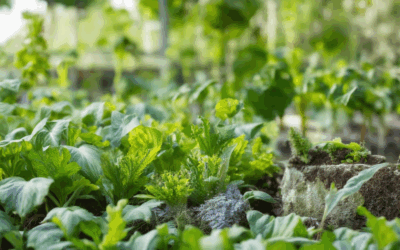
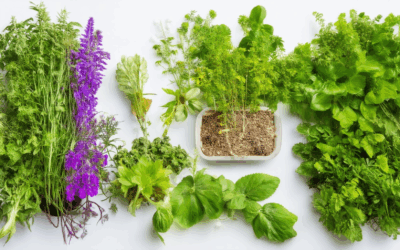

0 Comments